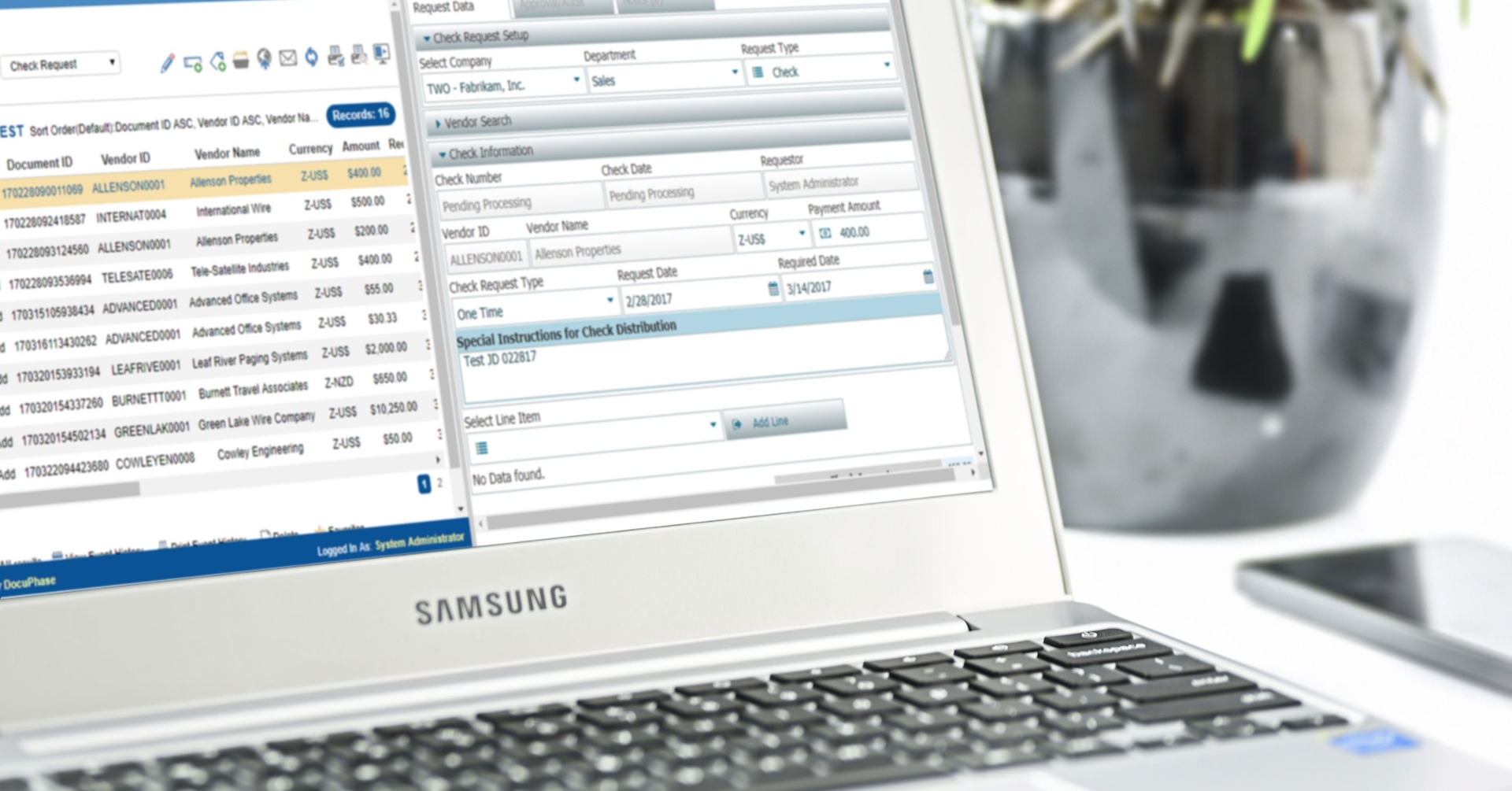2-Way, 3-Way, and 4-Way Matching Made Easy for Accounting Departments
2-way, 3-way, and 4-way matching is an important aspect of ordering and receiving associated with the accounting department. It's one of the best...

When people hear the concept, “Accounts Payable Automation” they take it either one of two ways: they understand its depth and complexity completely, or the phrase vaguely references “that expensive thing the big companies just started doing” or “that option for businesses without a proven accounts payable process already nailed down.”
True, the latter group of decision-makers may very well be acing accounts payable and likely want to invest time and money where they see a greater need. However, to truly understand accounts payable automation is to accept that doing things any other way is creating waste that may be going unnoticed and wrecking your bottom line.
To understand just how far-reaching and beneficial an end-to-end automated accounts payable solution can be, we need to start out by giving it a little more shape and substance.
Accounts payable is a busy place. Time is money, and constant pressure to meet a never-ending slew of deadlines is always in the air—at least for companies still relying on strictly manual processes.
No worries, though. It’s all in a days work for these accounting folks. But does it really have to be that way? A manual-only accounts payable environment is charged with the high stress of looming deadlines, chasing approvals and taking step after painstaking step to be efficient at reducing every margin for mistakes.
If any one of these things is askew (a deadline is missed, an approval can’t be easily secured or a step is accidentally overlooked in all the rush--or cut out on purpose) an entire process breaks down and manual corrections have to be made to get it all running right again.
An end-to-end automated accounts payable solution doesn’t just trade the manual process of inputting invoice data for a digital one—it streamlines the approval process and includes built-in checks and balances that eliminate the need for accounting teams to be under stress, over-wired or on their “A-game” all the time.
Admittedly the entry-level accounting person’s favorite plus is the fact that accounts payable automation eliminates all that tedious, cramp-inducing data entry. But automating your company’s invoices solves more than an employee’s physical aches and pain.
Turning raw data into digital information and processing that data from a centralized source allows real-time visibility into accounts payable operations including the daily ebb and flow of invoices as they are received, entered, followed through to completion and retrieved as part of a planned or incidental auditing event.
Duplicate invoices and bad GL codes, for example are a likely occurrence while operating in a manual-only processing environment. Duplicates due to data entry error, manual check requests or paying from multiple source documents, for example, easily slip through and cause lost time and questioned competence when errors are finally detected. Still, many more go unnoticed for longer periods of time or forever.
Not a very airtight system to say the least. Due to the nature of digital information, duplicate invoices can actually be prevented. And, for that rare but foreseeable moment that human error (or lacking integrity) enables duplication, digital accounting environments allow errors to be quickly pinpointed, people to be promptly notified and corrections to be swiftly made.
Automation, together with end-to-end intuitiveness, ensures that invoices are never lost, erroneously duplicated or otherwise cause any delay in processing and payment.
If the wide-reaching benefits of automated accounts payable are new to you, you aren’t alone. Though nearly all businesses have adopted automation of some kind within their accounts payable departments, far fewer have implementing a full-blown end-to-end solution.
Ready to see if there’s a business case for your organization to implement accounting automation? Schedule a custom demo with DocuPhase today.

2-way, 3-way, and 4-way matching is an important aspect of ordering and receiving associated with the accounting department. It's one of the best...

Accounts payable audits can seem overwhelming or a complete pain. They're often assumed to take up a substantial amount of time and resources as an...